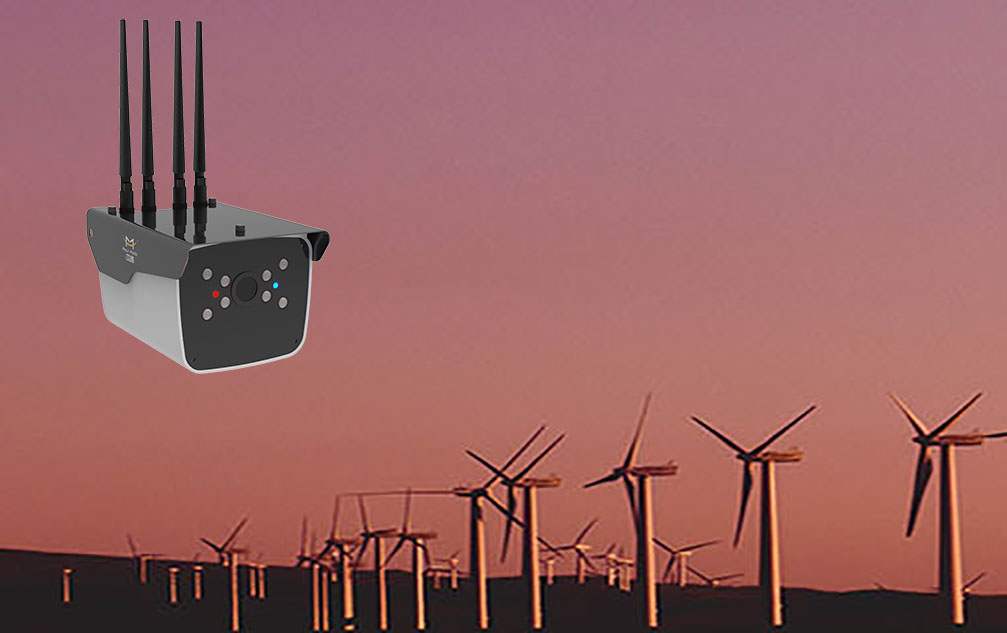The intelligent manufacturing system is a human-machine integrated intelligent system composed of intelligent machines and human experts. It can simulate the intelligent activities of human experts with the help of computers in the manufacturing process in a highly flexible and low-integration way, reasoning, judgment, conception and decision-making, etc., thereby replacing or extending part of the human brain work in the manufacturing environment. At the same time, collect, store, perfect, share, integrate and develop the intelligence of human experts.
1. Introduction of Intelligent Manufacturing System
The so-called intelligent manufacturing refers to the information-based manufacturing under the condition of ubiquitous perception for the whole life cycle of the product. Intelligent manufacturing technology is based on modern sensing technology, network technology, automation technology, anthropomorphic intelligent technology and other advanced technologies, through intelligent perception, human-computer interaction, decision-making and execution technology, to realize the design process, manufacturing process and manufacturing process. Equipment intelligence is the deep integration and integration of information technology, intelligent technology and equipment manufacturing technology. Intelligent manufacturing is a major trend of deep integration of informatization and industrialization.
2. Characteristics of Intelligent Manufacturing System
Self-organizing ability; self-discipline ability; self-learning and self-maintaining ability; intelligent inheritance throughout the manufacturing environment.
3. One of the intelligent manufacturing systems: MES system
As the carrier of workshop information management technology, MES plays a huge role in realizing the automation, intelligence and networking of the production process. MES is located between the enterprise-level resource planning system ERP and the control system SFC at the bottom of the factory, and is an important means to improve the manufacturing capability and production management capability of the enterprise.
4. Architecture of Intelligent Manufacturing System
The intelligent manufacturing system architecture is constructed through three dimensions: life cycle, system level and intelligent function, and mainly solves the modeling research of intelligent manufacturing standard architecture and framework.
4.1 Lifecycle
The life cycle is a chain collection composed of a series of interrelated value creation activities such as design, production, logistics, sales, and service. Activities in the life cycle are interrelated and affect each other. The life cycle composition of different industries is different.
4.2 System level
The system hierarchy consists of five layers from bottom to top, which are equipment layer, control layer, workshop layer, enterprise layer and collaboration layer. The system level of intelligent manufacturing reflects the intelligentization of equipment and Internet Protocol (IP), as well as the flattening trend of the network. Specifically include:
4.2.1 The equipment level includes sensors, instruments, bar codes, radio frequency identification, machines, machinery and devices, etc., which are the material and technical basis for the production activities of enterprises;
4.2.2 The control level includes programmable logic controller (PLC), data acquisition and supervisory control system (SCADA), distributed control system (DCS) and field bus control system (FCS), etc.;
4.2.3 The workshop level realizes the production management oriented to the factory/workshop, including the manufacturing execution system (MES), etc.;
4.2.4 The enterprise level realizes enterprise-oriented operation management, including enterprise resource planning system (ERP), product life cycle management (PLM), supply chain management system (SCM) and customer relationship management system (CRM), etc.;
4.2.5 Collaboration level: Different enterprises in the industry chain share information through the Internet to realize collaborative research and development, intelligent production, precise logistics and intelligent services.
4.3 Intelligent function
Intelligent functions include five layers, including resource elements, system integration, interconnection, information fusion, and emerging business formats.
4.3.1 Resource elements include physical entities such as design and construction drawings, product process documents, raw materials, manufacturing equipment, production workshops and factories, as well as energy such as electricity and gas. In addition, people can also be considered as a component of resources.
4.3.2 System integration refers to the integration of various manufacturing resources such as raw materials, components, energy, and equipment through information technologies such as QR codes, radio frequency identification, and software. From small to large, the integration of intelligent equipment to intelligent production units, intelligent production lines, digital workshops, intelligent factories, and even intelligent manufacturing systems is realized.
4.3.3 Interconnection refers to the realization of interconnection between machines, between machines and control systems, and between enterprises through wired, wireless and other communication technologies.
4.3.4 Information fusion refers to the use of new-generation information technologies such as cloud computing and big data on the basis of system integration and communication to achieve information collaborative sharing under the premise of ensuring information security.
4.3.5 Emerging business formats include service-oriented manufacturing models such as personalized customization, remote operation and maintenance, and industrial cloud.




















